Blitz Kids (65 page)
Authors: Sean Longden

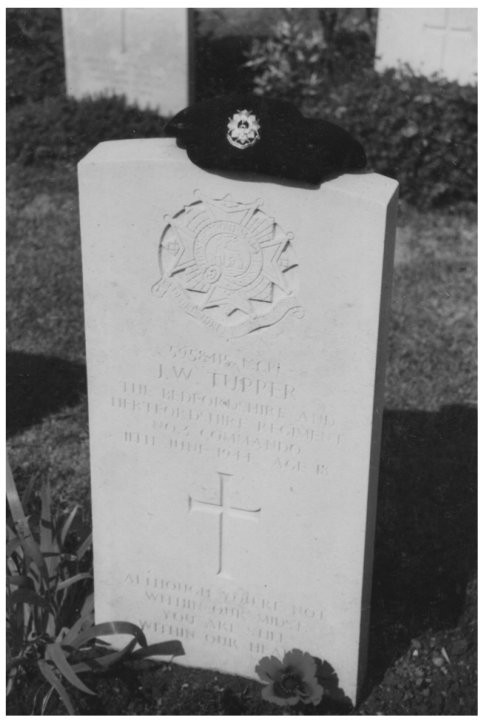
Tupper’s grave. He was aged just eighteen when he was killed in Normandy. He had already served at Dieppe, Sicily and Italy by the time of his death.
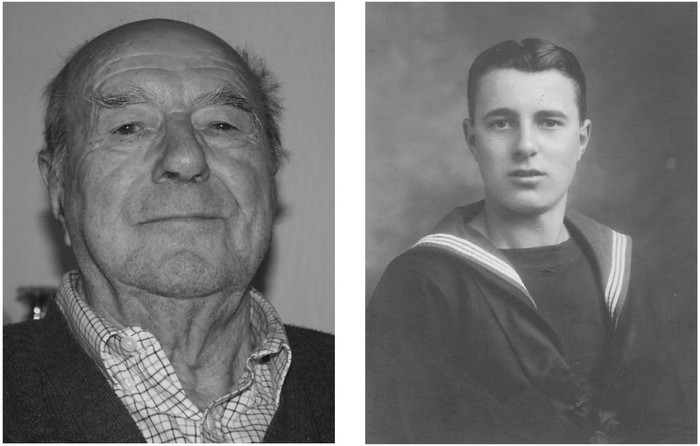
Albert Riddle (photographed in 2010). Albert joined the Royal Navy aged fifteen. He served on HMS
Prince of Wales
during the pursuit of the
Bismarck
. In 1941, aged seventeen, he narrowly escaped from the
Prince of Wales
when she sank. He was also fortunate enough to escape capture by the Japanese when Singapore fell a few months later.
After retiring from the Royal Navy, he became a farmer in Cornwall and devoted many years to his role as Chairman of the Royal Cornwall Show, living on the showgrounds at Wadebridge in Cornwall.
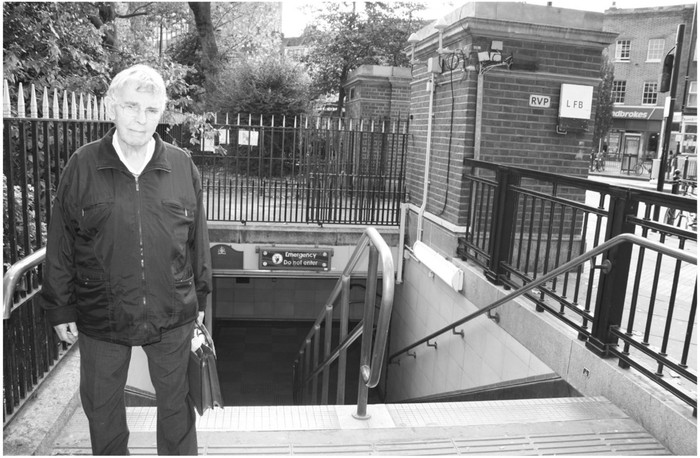
Alf Morris (photographed in 2009) at the entrance to Bethnal Green tube station where 171 people were crushed to death in 1943. Alf was pulled alive from the bottom of the stairs.
For many years he refused to talk about the tragedy. He eventually decided to confront the painful memories and dedicated himself to raising funds for a permanent memorial to the dead through a charity, ‘Stairway to Heaven’.
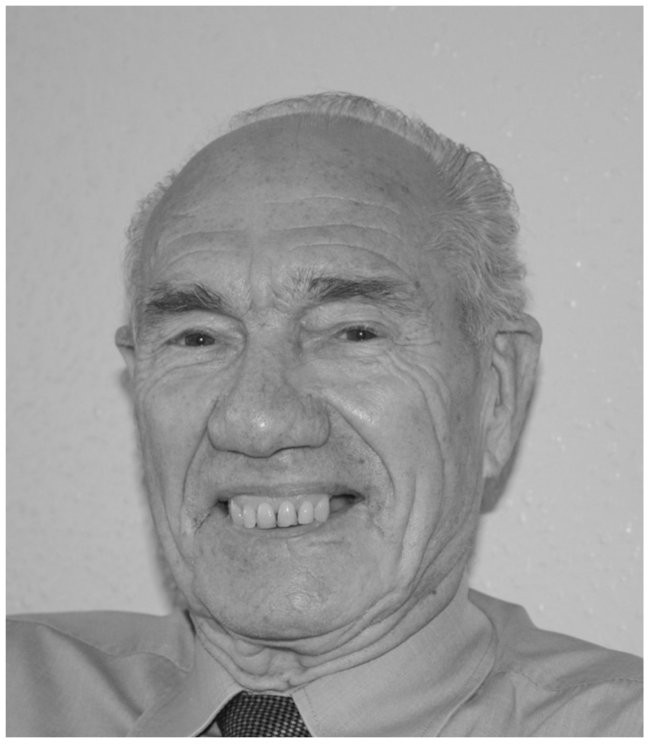
Reg Baker (photographed in 2009). Reg was fortunate to narrowly escape the disaster. When the air raid siren sounded, he was delayed since he had to wait for his father who was in the toilet. He has always credited this delay with saving his life.

Fred Rowe (photographed in 2010). Fred started his criminal career looting from bombed shops during the Blitz. It was only after meeting the singer Ian Dury during the 1970s, and becoming his driver and personal assistant, that Fred decided to ‘go straight’.
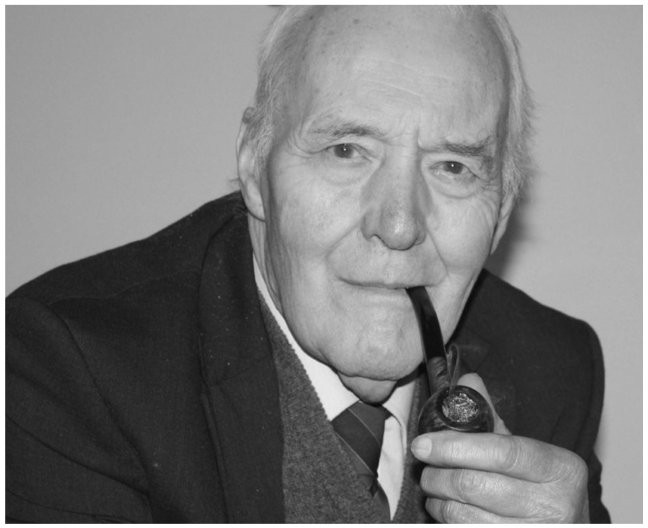
Tony Benn (photographed in 2010). After experiencing the Blitz on London, he moved to Scotland where – despite being aged just fourteen – he was recruited to the local ARP unit on the grounds that he was the only person to have actually experienced an air raid.
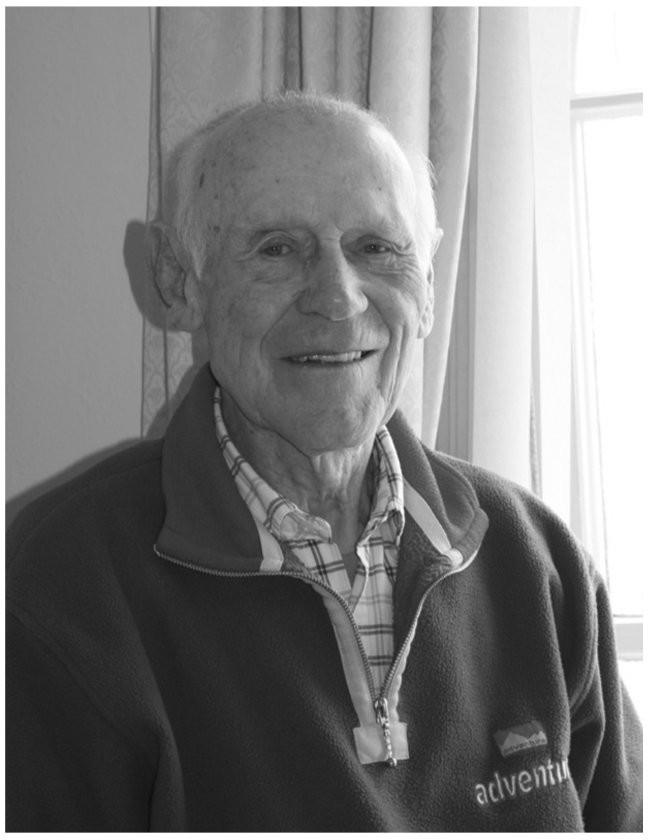
Bernard Ashton (photographed in 2010). Joining the Merchant Navy aged fifteen, Bernard was sunk three times before his eighteenth birthday, two of these being on consecutive convoys. He made a career in the Merchant Navy and his home still overlooks the docks at Dover.
Still devoted to the Merchant Navy, he flies the correct flag for the nationality of visitors to his home. When the author visited him, he flew the British merchant fleet’s ‘Red Ensign’.

Jean Redman (photographed 2010). Aged fourteen, she left school to work in her local town hall, helping find homes for evacuees. Many of the evacuees were only just younger than her. She wanted to serve in the military, but at the age of sixteen she realised her her parents would refuse permission. As a result, she volunteered for the Land Army and spent the rest of the war on a farm. After the war she resumed the career path that war had interrupted and trained to be a teacher.
The author believes that Jean was one of the staff who organised for an evacuee family to move in with his mother’s family.
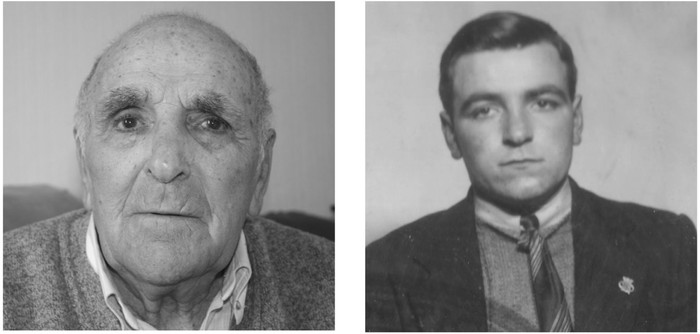
Bill Ellis (photographed in 2010). Bill joined the Merchant Navy aged sixteen after being rejected by both the army and the Royal Navy. He experienced the full horrors of war whilst serving on a hospital ship in the Mediterranean. After retiring from the Merchant Navy, he became a butcher in Somerset.
- a
SS
Abukir
1 - acoustic mines
1 - Adams, Robert
1 - Admiral Scheer
1 - adrift at sea
1
,
2
,
3
,
4
,
5
,
6
,
7
,
8 - adult world, introduction to
1
,
2 - aerodrome guard duties
1
,
2 - agricultural labour
1
,
2 - Air Defence Cadet Corps (ADCC)
1
,
2 - Air Raid Precautions (ARP)
- air raid shelters
1 - air raids
- Air Training Corps (ATC)
1
,
2 - aircraft identification
1
,
2 - aircraft souvenirs
1
,
2 - Alchiba
1 - SS
Alderamin
1 - Aldershot
1 - Algiers
1 - All Quiet on the Western Front
1 - SS
Allende
1 - Almeda Star
1 - American servicemen
1
,
2
,
3
,
4
,
5
,
6
,
7
,
8
,
9
,
10
,
11 - Anderson, James
1 - Anderson shelters
1
,
2
,
3 - Anglo Saxon Petroleum Company
1 - HMS
Anthony
1 - anti-aircraft guns
1
,
2
,
3
,
4
,
5
,
6 - anti-war sentiments and pacifism
1
,
2
,
3
,
4
,
5 - Antwerp
1
,
2
,
3
,
4
,
5
,
6 - approved schools
1 - runaways
1
- runaways
- Arctic convoys
1
,
2
,
3 - Army
1
,
2- Allied invasion of Europe
1 - arms and equipment
1
,
2 - barracks life
1
,
2 - battle for Normandy
1
,
2 - boy soldiers
1
,
2
,
3 - conscription age
1 - conscripts
1
,
2 - delinquent recruits
1
,
2 - discipline
1 - officer and NCO quality
1 - officer potential
1 - regulars
1 - reservists
1
,
2 - rites of passage
1 - training
1
,
2
,
3
,
4
,
5
,
6
,
7
,
8
,
9
,
10 - underage recruits
1
,
2
,
3
,
4
,
5 - veteran units
1 - volunteers
1 - ‘Young Soldier’ battalions
1
,
2
,
3
,
4
,
5 - see also
commandos
- Allied invasion of Europe
- Army Cadet Force
1
,
2
,
3
,
4 - Army units
- Bedfordshire and Hertfordshire Regiment
1
,
2
,
3
,
4
,
5 - Buckinghamshire Battalion
1 - Devonshire Regiment
1
,
2 - Durham Light Infantry
1 - East Surrey Regiment
1 - Essex Regiment
1 - General Service Corps
1 - Glasgow Highlanders
1 - Highland Light Infantry
1 - King’s Own Yorkshire Light Infantry
1 - King’s Royal Rifle Corps
1
,
2
,
3
,
4 - Leicestershire Regiment
1 - Lovat Scouts
1 - Queen’s Own Royal West Kent Regiment
1 - Queen’s Regiment
1
,
2
,
3 - Rifle Brigade
1 - Royal Corps of Signals
1 - Royal Norfolk Regiment
1 - Royal Observer Corps
1 - Royal Suffolk Regiment
1
,
2 - Royal West Kent Regiment
1
,
2
,
3
,
4 - South Staffordshire Regiment
1 - Worcestershire Regiment
1
,
2
,
3
,
4
- Bedfordshire and Hertfordshire Regiment
- Ashton, Bernard
1
,
2
,
3
,
4
,
5
,
6
,
7
,
8
,
9
,
10
,
11
,
12
,
13
,
14
,
15
,
16
,
17 - Assiduous
1
,
2 - MV
Athelvictor
1
,
2 - Atlantic convoys
1
,
2
,
3
,
4 - Auxiliary Fire Service
1
,
2